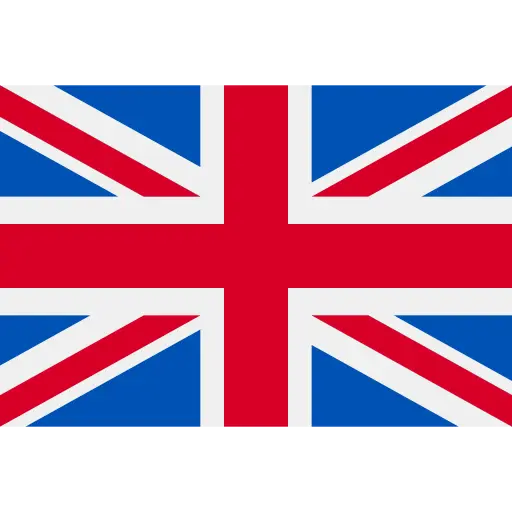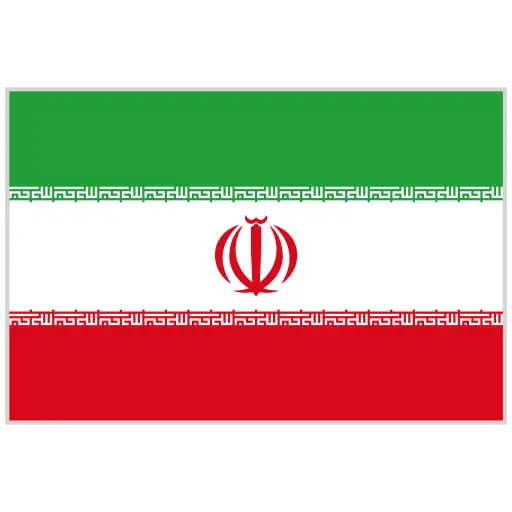A trader is an entrepreneur and self-employed individual.
A trader is an entrepreneur and self-employed individual.
In my classes and books, I always emphasize that trading should be treated as a business, so strive to view yourself as an entrepreneur. This is different in many ways from being an employee of someone else. You need to develop a different mindset, and this perception will be a key factor in the success of this business.
Different jobs and career paths require different approaches. A day trader looking to leave a steady paycheck job needs to be aware of this. Unfortunately, many don’t realize that becoming a day trader, which means becoming a self-employed entrepreneur, signifies that they are starting a new business, a new job. Many also fail to understand that they are unlikely to succeed in their new venture without a significant shift in their perspective.
Now, let’s take a moment to consider how a self-employed trader must think differently from an employee to succeed. Traders are responsible for all their good and bad decisions. Day traders have an incredible opportunity to create an enviable lifestyle, something that is not possible when working for someone else. But to succeed, the self-employed day trader must be able to make crucial decisions that affect their trades and make those decisions independently. A day trader cannot wait for things to happen or for someone to tell them what to do. It is up to them to make it happen. Successful day traders also know that opportunities may be short-lived. Sometimes they only have a few seconds to make a decision, and thus developing a sense of urgency helps them achieve their goals.
Regardless of the industry or profession, very few employees are responsible for all decisions. Even among professionals, there are very few positions where one person is solely responsible for their decisions. For example, doctors and surgeons often perform surgeries as a team, making critical decisions together. In engineering, the decisions of junior engineers must be reviewed and signed off by professional engineers.
This might seem trivial, but the first question you need to ask yourself is: “Am I an independent decision-maker or not?” If you are not, you shouldn’t venture into making money from charts.
There’s no shame in it; some people simply work best in teams as subordinates. Some people perform best as team members. Others do their best work alone.
Therefore, before you start trading, you should ask yourself: “Do I perform best as a decision-maker or an advisor?” Many people function effectively as advisors but cannot bear the burden and pressure of making tough decisions with speed, confidence, and courage. On the other hand, many others need an advisor to force them to think. Then, they can make decisions and act on them. In any case, these theories do not only apply to day trading but also to many other careers and aspects of life.
Often, the number two person in an organization fails when promoted to the number one position. Why? Because the top position in any organization requires a strong decision-maker. Number one decision-makers often place someone they trust as their advisor in the second position—and in that role, the individual excels. But in the number one spot, the same person will fail. Yes, they know what the decision should be, but for some reason, they cannot accept the full responsibility for it.
So, to enter the trading business, we need several key parameters.
Observation: The first stage in this loop is observation. In this stage, the primary focus is on building a comprehensive picture of the market situation with as much accuracy as possible.
When a trader enters a trade, they must consider: What is immediately affecting me? What is affecting my opponent? What could affect us later? Can I make predictions, and how accurate have my previous predictions been? A trader must quickly adapt, so observations need to be broad and fluid.
Merely having information is not enough; the observation stage involves understanding the overarching meaning of the information and isolating the information relevant to a specific decision from what is irrelevant.
The observation stage is critical in decision-making processes.
Orientation: The second stage in this loop is orientation. This stage is often misunderstood or overlooked because it is less visual than other stages.
Without awareness of these barriers, the next decision cannot be a fully rational one. Orientation means connecting with reality, not with a distorted version of events filtered through emotional lenses and shortcuts.
Focusing on this stage, instead of jumping straight to decision-making, gives us an edge over the competition. Even if we initially find ourselves in a disadvantaged position, with fewer resources or less information, if we correctly identify direction and path, it ensures that we can outpace the competition.
Decision-Making: With information gathered and orientation established, we must consciously decide. The previous two stages (observation and orientation) should have generated many ideas, so this is the point where we select the most suitable option.
We cannot afford to repeatedly make the wrong decision.
This part of the loop must not only be flexible but also always up-to-date.
I describe this stage as the hypothesis stage. The concept is that we need to examine the decisions we make at this point in the loop, identify their flaws, and foresee any problems in future stages.
Without awareness of these barriers, the next decision cannot be a fully rational one. Orientation means connecting with reality, not with a distorted version of events filtered through emotional lenses and shortcuts.
Focusing on this stage, instead of jumping straight to decision-making, gives us an edge over the competition. Even if we initially find ourselves in a disadvantaged position, with fewer resources or less information, if we correctly identify direction and path, it ensures that we can outpace the competition.
Decision-Making: With information gathered and orientation established, we must consciously decide. The previous two stages (observation and orientation) should have generated many ideas, so this is the point where we select the most suitable option.
We cannot afford to repeatedly make the wrong decision.
This part of the loop must not only be flexible but also always up-to-date.
I describe this stage as the hypothesis stage. The concept is that we need to examine the decisions we make at this point in the loop, identify their flaws, and foresee any problems in future stages.
Action: While technically the last stage of the decision-making process, everything is about the ability to act based on well-reasoned decisions.
The advantage – benefit – profit – gain.
The other stages are prerequisites; when a decision is made, now is the time to act on it.
We have already reviewed how good our decision was. Did we gather the right information? Did we use the best possible models? Were we influenced by biases and other obstacles? Can we refute the previous hypothesis? Whatever the result, we then return to the first part of the loop and observe again.
Steenbarger, in one of his articles titled “Trading as a Psychological Warfare,” explains how trading, like a battlefield, offers an environment – which we call a chart – characterized by risk, danger, and uncertainty and rewards sound mental processes.
A successful trader is someone who can quickly observe market conditions, orient themselves, integrate information into effective decision-making, and act swiftly.



